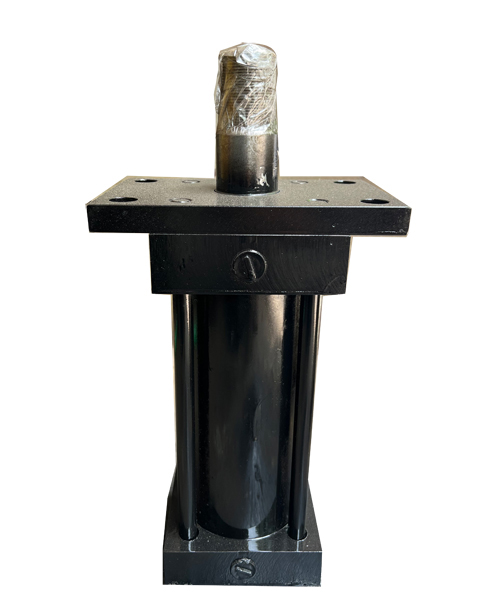S.N.HYDRAULICS, a wel known name in the industry for supplying hydraulic cylinder with unbeatable performance. It is a mechanical actuator that is used to produce linear motion and force through the use of hydraulic fluid. It converts the energy of fluid pressure into mechanical work. Hydraulic cylinders are commonly used in various applications where motion is required, such as in industrial machinery, construction equipment, and automotive systems.
Here are some key components and features of hydraulic cylinders we manufacture and supply.
Cylinder Barrel : This is the main body of the cylinder where the piston moves back and forth. Made of steel.
Piston : The piston is a cylindrical component that separates the cylinder into two chambers. It is connected to a rod and moves inside the cylinder in response to changes in fluid pressure.
Rod (or Piston Rod) : The rod is attached to the piston and extends outside the cylinder. It is for transmitting the force generated.
Seals : Hydraulic cylinders we make available use seals to prevent hydraulic fluid from leaking between the various components.
Hydraulic Fluid : The fluid used in our hydraulic cylinders to transmit force within the system. It also provides lubrication for the moving parts.
Ports : Inlet and out let ports.
We give our clients Hydraulic cylinders which are known in the industry for their reliability, precision, and ability to generate significant force in a compact space. They play a crucial role in a wide range of industries, contributing to the functionality of machinery and equipment that require controlled linear motion and force.
Hydraulic Cylinders
- CALL US+91 88288 38311 | 97680 65722
- SEND ENQUIRYresponse@snhydraulics.co.in


